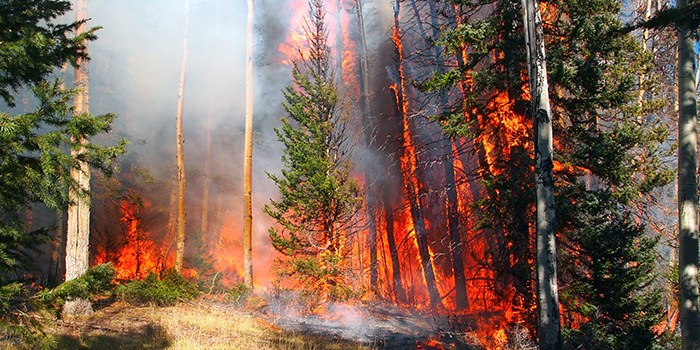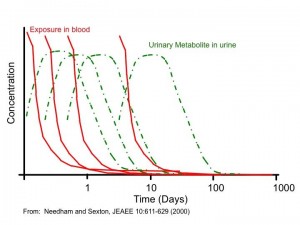With the smoky haze that has spread across southern BC, Alberta and Saskatchewan from a very large wildfire in Washington state. There are health advisories issued across the provinces.
What health effects are associated with wildfire smoke?
A study by Liu et al in 2015 concluded that wildfire smoke increases ambient air pollutant levels (ozone, particulate matter, sulfur dioxide, carbon monoxide, nitrogen oxides, etc). Exposure to wildfire smoke is associated with increased risk of respiratory disease and suggestive association with cardiovascular diseases and mortality.
Other pollutants in wildfire smoke?
There are numerous other constituents in wildfire smoke. One the more important and most interesting are the polycyclic aromatic hydrocarbons (PAHs) that are present. My former group and colleagues at the Centers for Disease Control and Prevention published an article on woodsmoke exposure earlier this year. They measured the metabolites of the PAHs in urine to see how the woodsmoke PAHs moved through the body with PAHs being breathed in, metabolites being produced by the body, the metabolites excreted in the urine.
The good news is...
PAHs are rapidly metabolized by the bodies detoxifying enzymes in the body called the cytochrome P450s. Although exposure increased PAH metabolites in urine by 2 to 7 times, the PAH metabolites in urine returned to normal approximately 24 hours after exposure.
The bad news is...
Unfortunately, we are continuously being exposed to PAHs the longer this haze sits over us. See figure attached to this blog showing the continuous exposure and continuous production of metabolites. As mentioned above, the green lines representing PAH metabolite would be 24 hours wide since our bodies eliminate the PAH metabolites 24 hours after exposure (Li et al 2015). Therefore, our body is continuously producing the metabolites which could be measured in our urine. Although our bodies are completely capable of detoxifying the PAHs as part of its natural defences, there is always a chance that some PAHs can form adducts and it is these adducts that can lead to mutations and potentially cancer. On the bright side, our bodies are generally very good at getting rid of PAHs from the body.
The next issue is that there are hundreds of PAHs in woodsmoke. If you are conducting PAH air monitoring, beware of these additions to your measurements. The next blog will discuss that.
Chemistry Matters is involved with many wildfires through our knowledge and experience with PAHs as well as our analysis and interpretation of ignitable liquid residue analysis (ILRs) for arsonous wildfire investigations. We continue to monitor the air quality and news related to wildfires in the areas.





